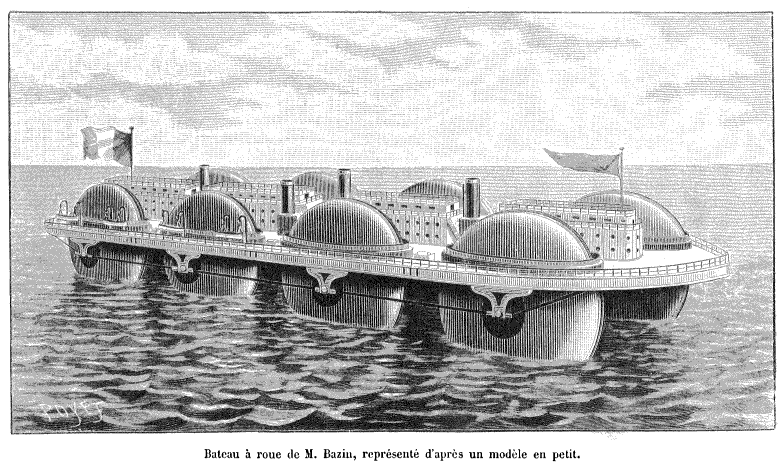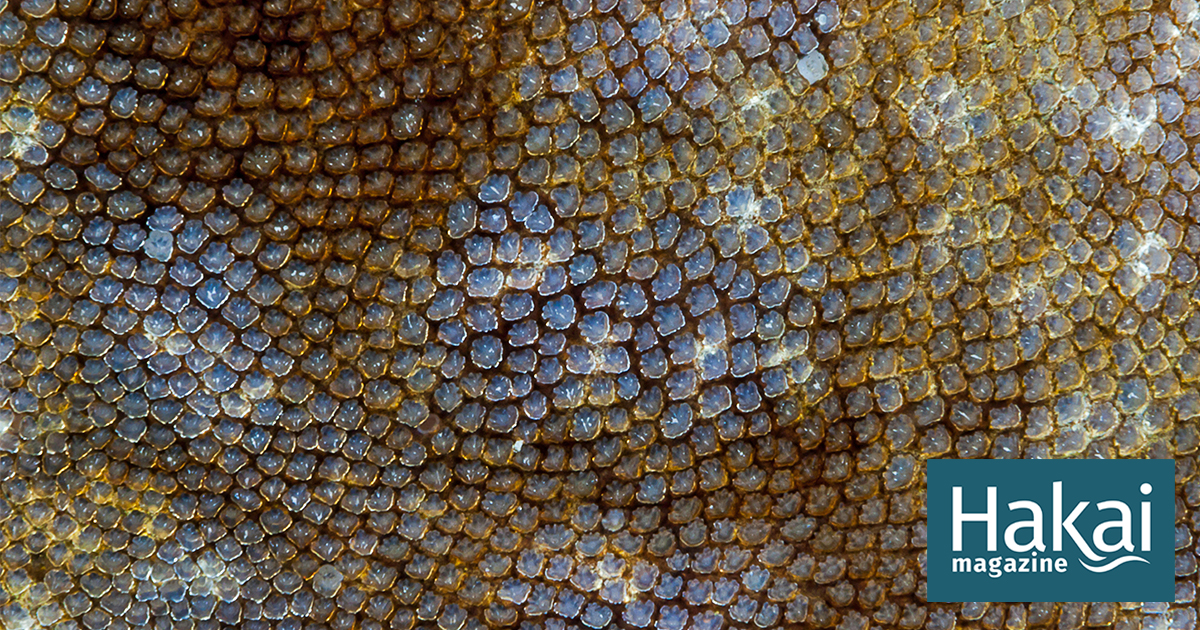One person like that
#hydrodynamics
"Shark skin is the envy of engineers trying to maximize hydrodynamics, but shark skin-inspired materials have a long way to go before they work like the real thing."
"Few people have gotten close enough to a shark to pet it. If you could run your hand from a shark's head to its tail -- not that you should -- it would feel smooth, almost like suede. Reverse direction and it's rough like sandpaper. Viewed under a microscope, shark skin is composed of ribbed, dragonesque scales layered over each other like shingles on a roof. These structures, called dermal denticles, are more like teeth than skin. Made of dentin and enamel, they are innervated, and their ribbed and layered pattern guides water across the shark's back, reducing friction and drag."
In a new study, researchers "have for the first time compared materials that attempt to mimic shark skin with the real thing. As it turns out, the engineered materials have a long way to go."
"Using a technique called surface profilometry, an imaging technology in which a scientist essentially uses a thin layer of gel to make a mold of the surface to be studied, ichthyologist Molly Gabler-Smith and her team viewed shark skin in 3D. 'It's almost like looking at a topographic map,' says Gabler-Smith. 'You can see where there's peaks and valleys.'"
"Gabler-Smith used the technique on skin samples from 17 different shark species. She also looked at two Speedo swimsuits marketed as mimicking shark skin -- the FS Fastskin II swimsuit and the Lzr Racer Elite 2 -- as well as a 3D printed surface created in her lab."
"I hesitate to say that [the swimsuits are] really mimicking shark skin, because they really aren't at all."
"Overall, biomimetic shark skin materials did not closely replicate the surface ornamentation of actual shark skin. Measured three-dimensional (3D) surfaces of engineered riblets differed from shark skin in the height, pattern, and spacing of the ridged surfaces. Most competition swimsuit fabrics more closely matched shark skin surface metrics across the variables measured but did not possess the distinct parallel longitudinal ridges that are characteristic of shark skin denticles."
"We noted differences in denticle surface characteristics among the three habitat types that we assigned to each of the 17 shark species studied, suggesting that denticle surface characteristics may be related, at least in part, to mean swimming speeds of sharks. Some benthic shark species (e.g., chain catshark, Scyliorhinus retifer) spend considerable time sedentary on the ocean floor with limited open water locomotion. Other open ocean pelagic sharks such as the white shark (Carcharodon carcharias), which undertake long migrations, are nearly constantly in motion and the skin surface is thus subjected to continuous water flow where drag reduction and reduced energetic costs may be at a premium. Domel et al. compared mako shark, white shark, and leopard shark skin surfaces and showed differences in overall surface texture patterning and ridge spacing: mako and white sharks have smaller denticles with small-scale surface ridge patterning compared to leopard sharks. In the current study, we also documented that denticle crown aspect ratios are larger in benthic sharks than in demersal or pelagic species, and pelagic species also tend to have smaller denticle surface ridges which are more tightly packed across the skin surface."
One person like that
3 Comments
1 Shares
One person like that


